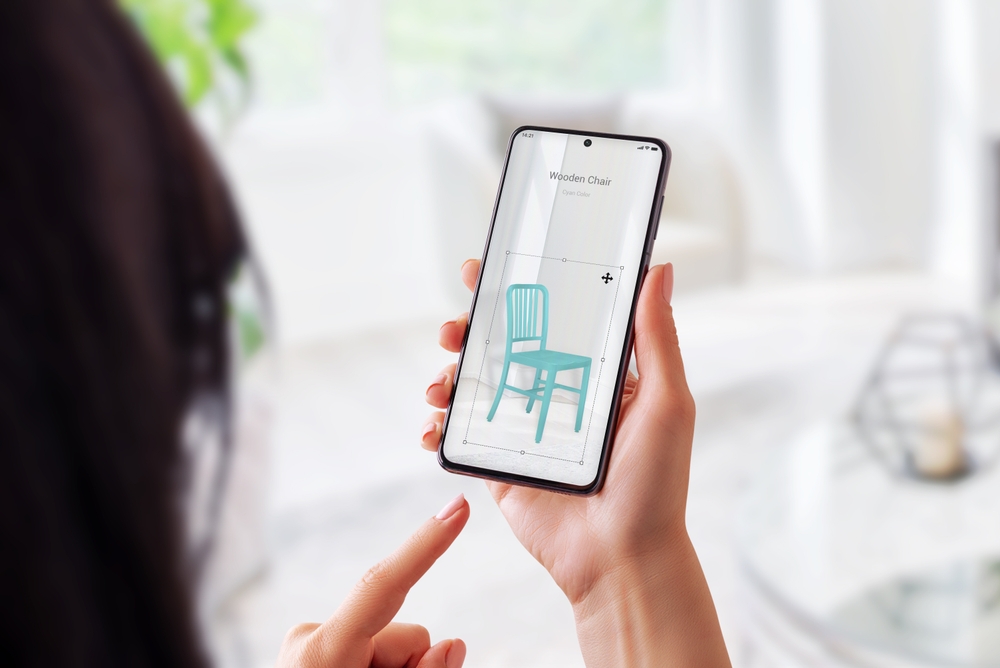Venturing into the world of second-hand furniture is not only a treasure hunt but a sustainable way to furnish your space without breaking the bank. Whether you want to give your findings a modern facelift or keep their vintage charm, online thrift shopping is the way to go. Lindi Vanderschaaf, a passionate furniture flipper from Alberta, Canada, provides her ideas on navigating this exciting area.
1. Begin with a vision
Dive into the wide ocean of used furniture and you will be able to stay afloat if you have a clear vision. Lindi Vanderschaaf recommends, “I save inspiration from both Pinterest and Instagram when I’m looking for project ideas.” Pay attention to the styles and trends that appeal to you, and don’t forget to look up hashtags like #furnitureflip and #ourthrifteddecor for ideas.
2. Explore online thrifting
Online thrifting is a modern adventurer’s dream, with a plethora of possibilities. While garage sales, thrift stores, and antique malls are still popular, the online world offers unequaled ease. Explore online classifieds such as Craigslist, Facebook Marketplace, and Facebook local buy-and-sell sites. Instagram’s vintage vendor community is also thriving.
In this treasure quest, keywords serve as your guide. To keep ahead of the competition, set up alerts for your selected keywords. But keep in mind that you’ll be sharing the arena with antique connoisseurs, so grasp the opportunity when you see anything you want.
3. Auctions and estate sales: insider tips
The pros understand that auctions and estate sales can reveal hidden treasures. Some are now held virtually, thanks to user-friendly catalogs and keyword notifications. A quick Google search can reveal local auctions and sales, opening the door to high-quality bargains. Keep the buyer’s premium and pickup deadlines in mind, and you might find that perfect piece.
4. Assess the condition
There is no space for buyer’s remorse when purchasing used furniture online. Top suggestion from Vanderschaaf: make sure the piece has excellent bones and decent materials. Examine its condition, ask for several images (including close-ups and films), and inquire about any flaws or peculiarities. Bring a tape measure with you to all viewings and pickups.
Examine the material of upholstered furniture for wear and the presence of bed bugs. Vanderschaaf emphasizes that pieces with cheap veneers are difficult to restore to their former grandeur, therefore choose solid wood if possible. Cosmetic flaws are frequently remedied with a little elbow grease, but structural difficulties can be an expensive task.
5. The art of negotiation
Have you found the perfect piece? Consider the quality, condition, and prospective upcycling costs before making a bid. She suggests, “Think about how much you might spend on wood for doors, shelves, new hardware, and paint.” Thrifting allows you to splurge on high-quality finishes or handles while still saving a significant amount over purchasing something new.
The final frontier of thrift shopping is bargaining. Don’t be afraid to make an offer; sellers are generally open to them. If you’re unsure, ask about the best price they can provide. You can get a great deal with a little skill.
With these expert suggestions in hand, you’re ready to start your second-hand furniture-buying journey. Explore the world of vintage and pre-loved things online, where you’ll discover hidden gems, personalize your environment, and embark on eco-friendly adventures—all while staying within your budget.











